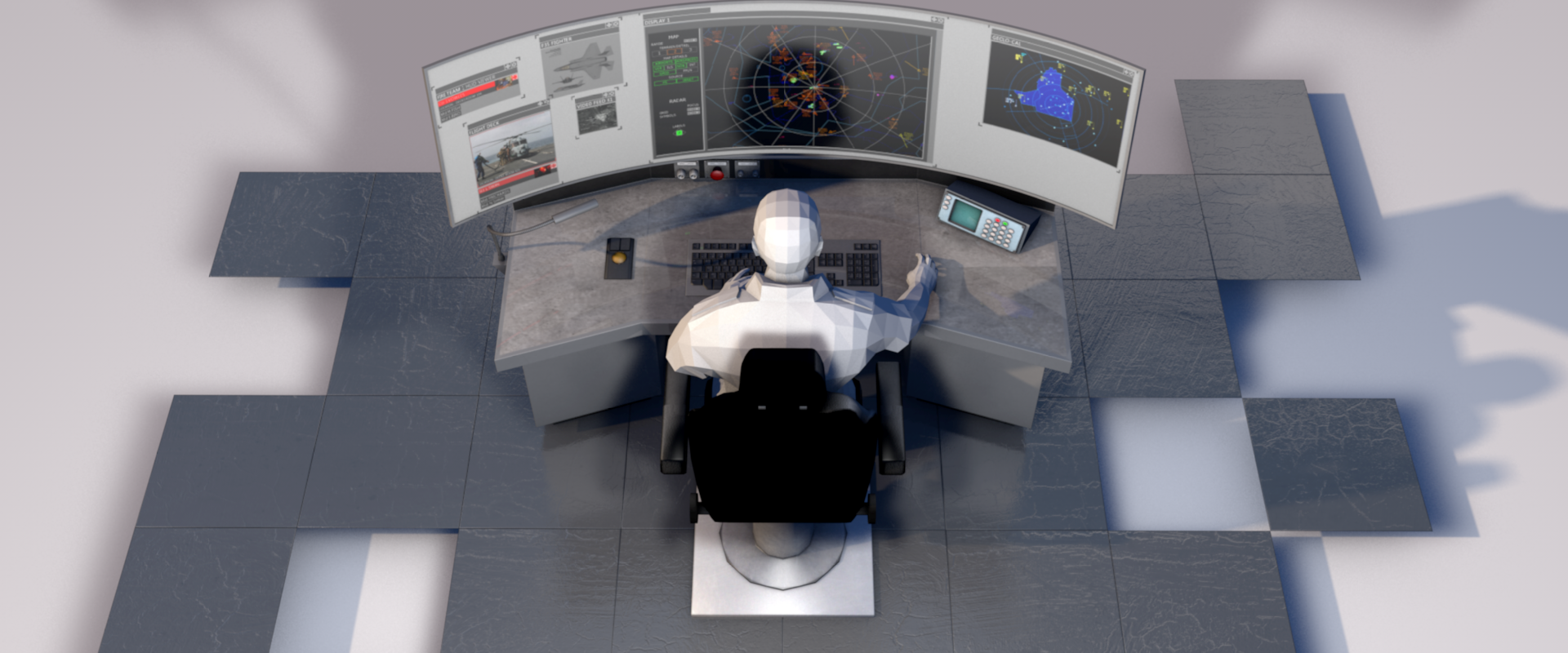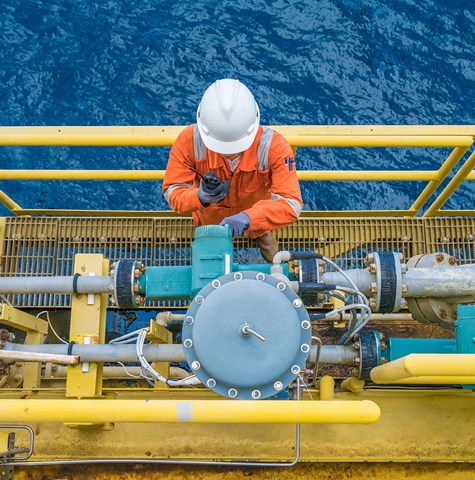
Humans factors at the centre of good engineering design
We apply human factors engineering principles to the design and improvement of complex technical systems to optimise the human component of capability.
Key contact
We are experienced across the entire design cycle where human factors engineering is a crucial consideration. We work across the entire lifecycle to help you achieve a human-centred design that is efficient for acquisition organisations and suppliers.
Our Human Factors Engineering and Ergonomics expertise provide real, measurable improvement across numerous metrics. The integration of HFE/Ergonomics is a critical component of delivering safe, efficient, or productive systems, particularly relevant to specialised, dangerous, or complex operations and tasks.

While we can apply our human factors capability in many ways, we typically support requirements in the following areas:
As an integral part of engineering teams, we integrate human factors engineering (HFE) and safety considerations. We provide technical expertise in the analysis of workplace ergonomics and follow industry standards.
HFI is a technical and management process that includes knowledge of human capabilities and limitations across all phases of the acquisition lifecycle (CADMID (Concept, Assessment, Design, Manufacture, In-Service, Disposal)).
HFE plays a critical role in the HFI process and the other HFI elements of consideration, including Manpower, Personnel, Organisation, Training, and Safety. We provide comprehensive HFI services to integrate human considerations across all system elements, thereby enhancing total system performance (both human and system), reducing life cycle costs, and minimising the risk of injury or loss.
Assessment is an essential component of any system involving people. Identifying an appropriate data set helps ensure that the design will be suitable. The defined user population can physically assume the necessary postures, reach, and operate the controls required to perform most comfortably. We use 2D and 3D physics-based modelling to conduct these assessments.
We make the best use of the latest technologies in Virtual Reality, Augmented Reality and Mixed Reality to identify and mitigate human factors related issues early within the development cycle. These technologies identify physical, ergonomic, and cognitive problems by replicating the tasks’ environment and associated constraints that may influence total system performance. The cost of design mitigations is minimised.
We apply HF standards to help design tasks, workflow, equipment, facilities, and systems. We also interpret HF design standards to your specific needs and identify practicable means of demonstrating compliance.
We use user-centred design and user experience to develop and assess against user requirements that represent the visual and functional design. These processes serve to increase aspects such as usability and intuition.
We plan and conduct an assessment of human behaviour related to security and the implementation of related processes, organisational constructs and conduct culture assessments. These assessments could either be preventative or reactive to breaches in security. We work closely with Cyber Security data analysts to ensure a holistic systems approach is used for our assessments.
We analyse human performance aspects such as workload, awareness of the situation, and human error during each development cycle to ascertain the efficacy of novel technological interventions on mission effectiveness and safety.
Research into the use of science and technology (S&T) to support the integration of people, technology, and organisations to support the design, development, operation and defence of effective and efficient protection and security systems, which spans the full range of systems in the four environments (Air, Land, Maritime, Space) across the physical, information (including cyber) and social domains.
Research into S&T optimises human cognitive and physical performance in the Defence and Security environment at the individual, team, and organisational levels, including personal protection, injury prevention, and mental agility.